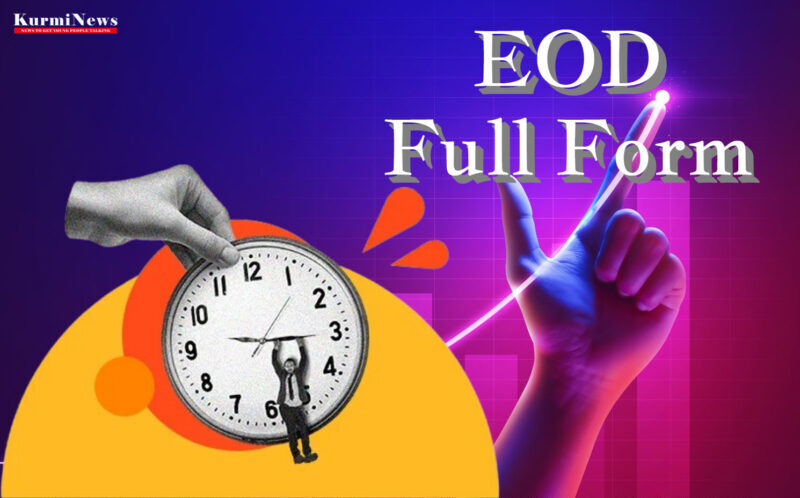Understanding End of Day (EOD) in Financial Markets
EOD Full Form: End of Day (EOD) signifies the conclusion of trading activities in financial markets, marking the time when all trades are finalized, and operations come to a close. This moment holds significance for investors, impacting investment strategies and trading decisions.
Trading Day in Financial Markets
Trading days typically span either 12 or 5 hours, divided into segments ranging from 9 to 12 hours. For day traders and stock market participants, trading hours typically extend from 7:00 a.m. to 4:30 p.m., or from 5:00 p.m. to 9:30 p.m. for short-term traders and market makers. However, specific trading hours may vary based on time zones and individual preferences. EOD Full Form
Understanding the End of Day
The end of the business day signifies the closure of most businesses and government offices, with critical information being removed or offices shut down for the day. This closure may include banks closing their physical branches or temporarily suspending online transactions and services. Such measures are taken to avoid the need for after-hours contact and to prevent potential monetary losses.
EOD in Financial Markets: EOD Full Form
In financial markets, EOD represents the completion of daily investment operations, including buying, selling, and holding stocks within brokerage frameworks. EOD serves as the delineation between one trading day and the next, with most brokers concluding operations either before 7:30 p.m. or after 8:00 p.m. as trading activities wind down.
EOD for Companies
For companies, EOD (EOD Full Form) typically refers to the last day of the month, serving as a crucial period for financial record-keeping and tax compliance. By closing their books for the month, companies mitigate the risk of tax discrepancies and legal complications. EOD also aligns with the end of the financial year and budget periods for companies.
Conclusion
The end of the day (EOD Full Form) holds significance as a milestone marking the conclusion of trading activities and business operations. It serves as a time for reflection and preparation for the next trading day. Additionally, EOD for companies facilitates financial record-keeping and compliance, ensuring smooth operations and adherence to regulatory requirements.
FAQs about EOD Full Form
What is End of Day (EOD) in financial markets?
End of Day (EOD) signifies the conclusion of trading activities in financial markets, marking the time when all trades are finalized, and operations come to a close. How does EOD impact investment strategies and trading decisions?
How are trading days structured in financial markets?
Trading days in financial markets are typically divided into either 12 or 5-hour segments, with specific trading hours varying based on individual preferences and time zones. What are the typical trading hours for day traders, stock market participants, and market makers?
What is the significance of EOD for businesses and government offices?
The end of the business day signifies the closure of most businesses and government offices, with critical information being removed or services temporarily suspended. Why do banks and financial institutions close their offices or websites at the end of the day?
How is EOD defined in financial markets?
In financial markets, EOD represents the completion of daily investment operations, including buying, selling, and holding stocks within brokerage frameworks. How do brokers typically conclude operations as trading activities wind down?
Why is EOD important for companies?
For companies, EOD typically refers to the last day of the month and serves as a crucial period for financial record-keeping and tax compliance. How does closing books at the end of the month help companies mitigate tax discrepancies and legal complications?

